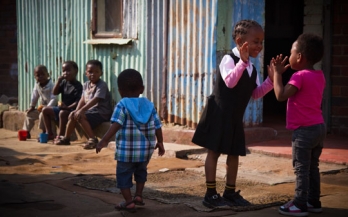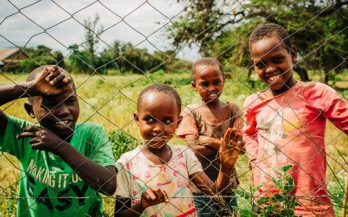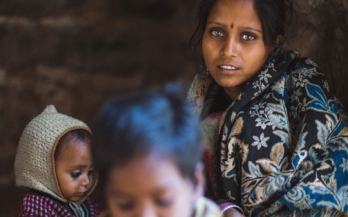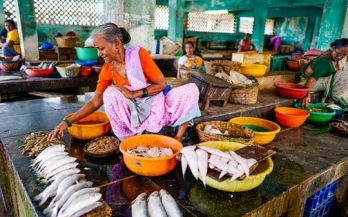In 2008, GAIN began drafting plans to create sustainable market-based solutions to address the problem of micronutrient deficiencies in children in South Africa. This project covers strong benefits for identifying low-cost, scalable methods early on (such as mobile campaigns) to educate and inform customers.
In support of the state government of Rajasthan and the Indian Integrated Child Development Services, the Global Alliance for Improved Nutrition (GAIN) launched a project to pilot a production model for producing supplementary nutrition via self-help groups.
In 2012, GAIN joined forces with the Kenyan Ministry of Health, to increase the production and distribution of micronutrient powder sachets. This case study describes the approach taken and highlights the challenges, opportunities and lessons learned.
This case study describes the approach taken between GAIN and AP Foods to scale up and improve their production of fortified supplementary foods, such as ready-to-cook mixes for common meals, and highlights the challenges, opportunities and lessons learned.
In India’s largest state of Rajasthan, a high percentage of children are undernourished and are not consuming the necessary vitamins and minerals they need to thrive. This case study describes project approach taken for producing supplemental food and also highlights the key lessons learned, challenges, and opportunities moving forward.
Many children in Côte d’Ivoire are consuming an inadequate diet that lacks the important vitamins and minerals needed for healthy growth. This case study describes the approach taken to help address the malnutrition issues facing young infants and children and also highlights the key lessons learned, challenges, and opportunities moving forward.
Eight in ten female readymade garment (RMG) workers in Bangladesh suffer from anemia, a condition which damages both health and productivity. This study evaluated the effectiveness of a workplace nutrition program on anemia reduction in female RMG workers of Bangladesh.
In Bangladesh, high rates of undernutrition persist among adolescent females living in low‐income households. Qualitative research was carried out to examine individual, social, and environmental factors influencing eating behaviors of female adolescents between 15‐19 years of age living in low‐income families in urban and rural settings in Bangladesh.
Despite significant advances in the reduction of undernutrition, the population of Tajikistan is still affected by iron deficiency anaemia, neural tube defects and other conditions caused by micronutrient deficiencies. This report presents the findings from a laboratory assessment that was undertaken to evaluate the capacity and capability of relevant food laboratories in Tajikistan to analyse premixes and fortified food.
This situation analysis report presents an overview of the current practices in food and day-care-service provision in 15 ready-made garment factories in Bangladesh. It is part of the operational research for the project, "Improving Nutrition of Female Garment Industry Workers and Their Children in Bangladesh.










